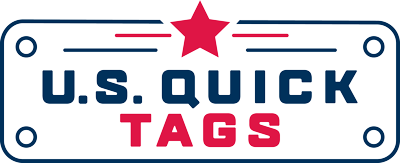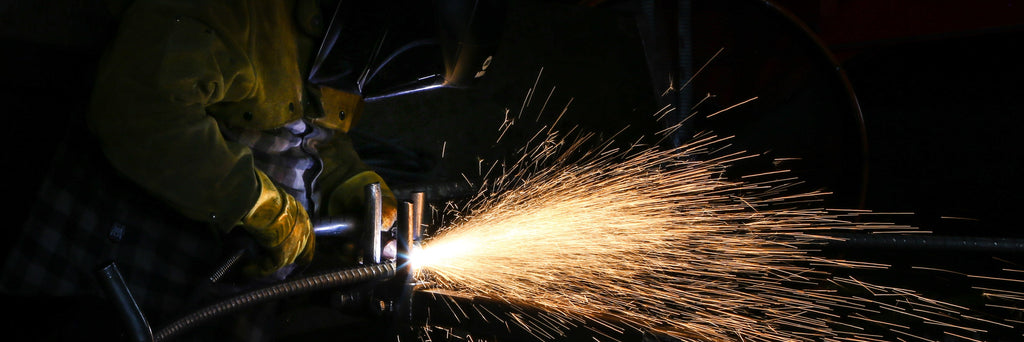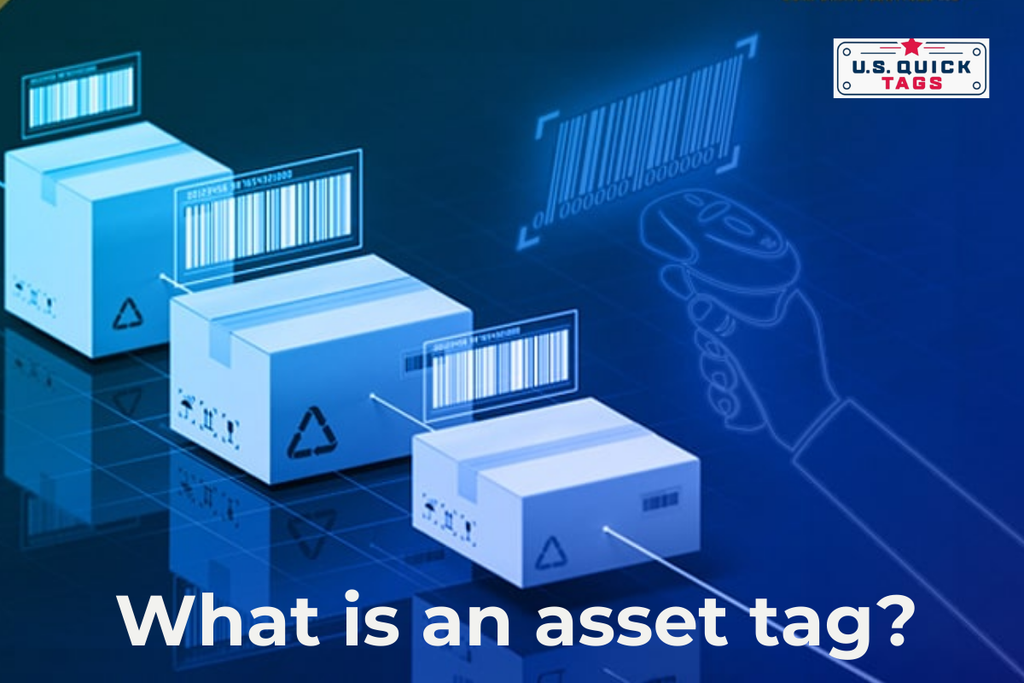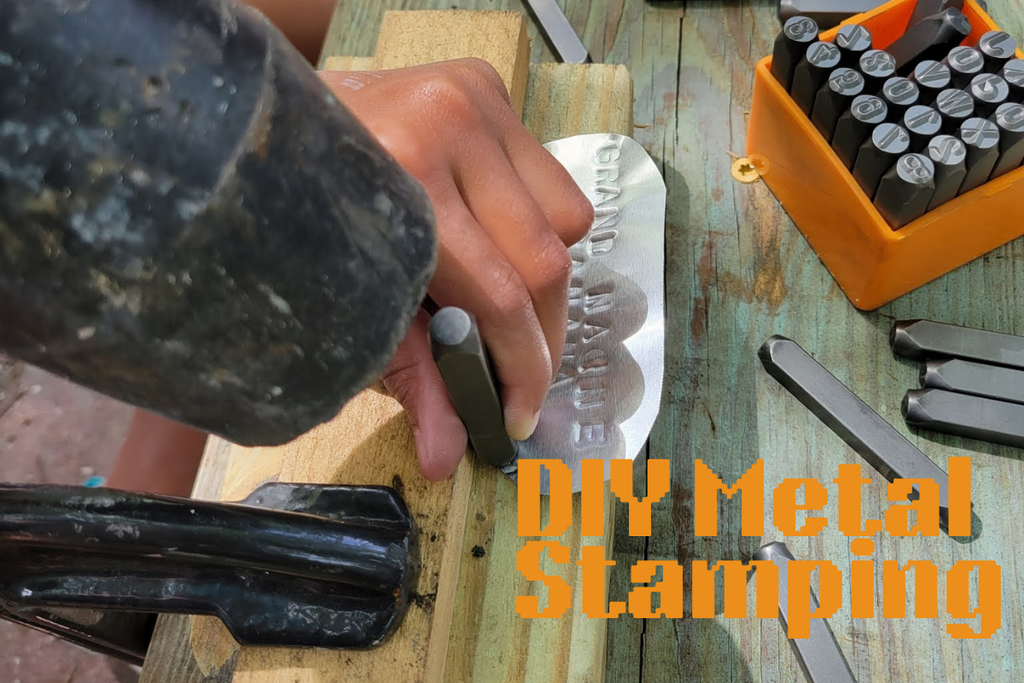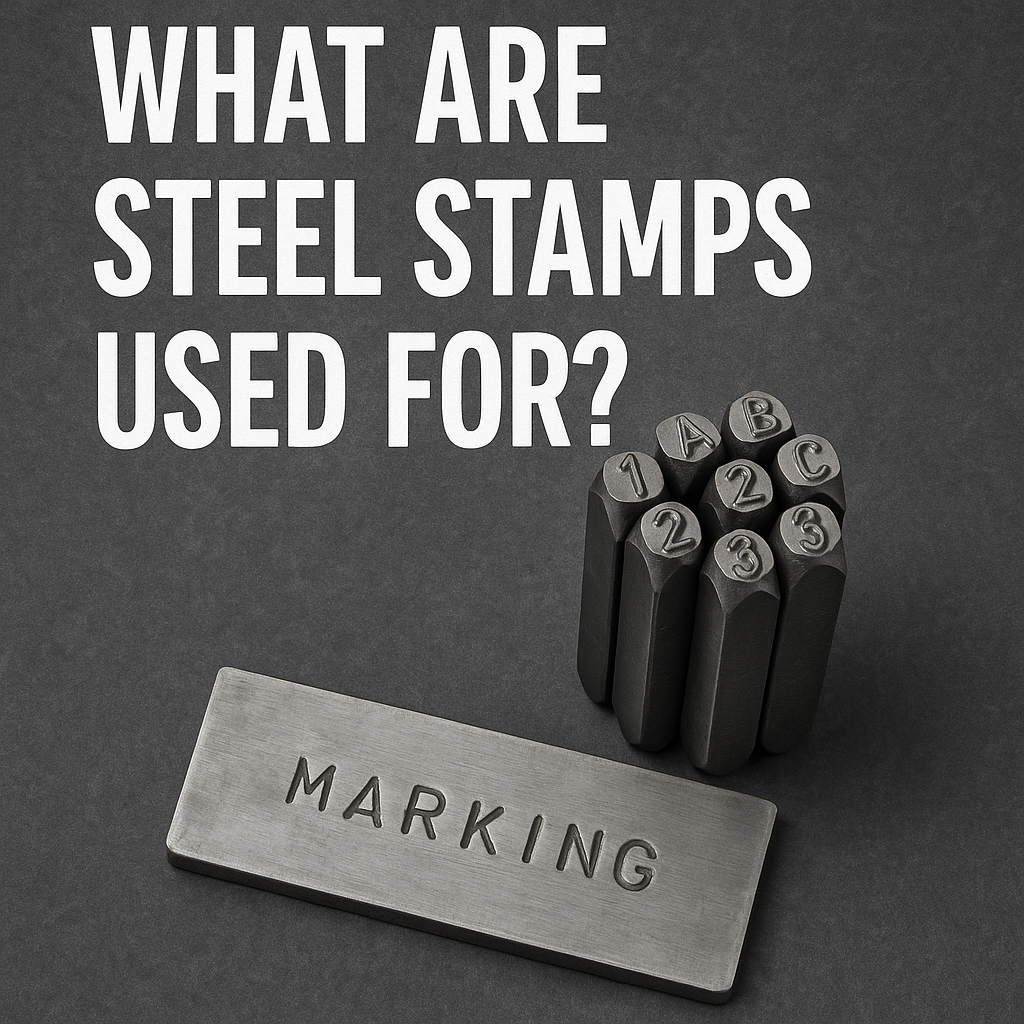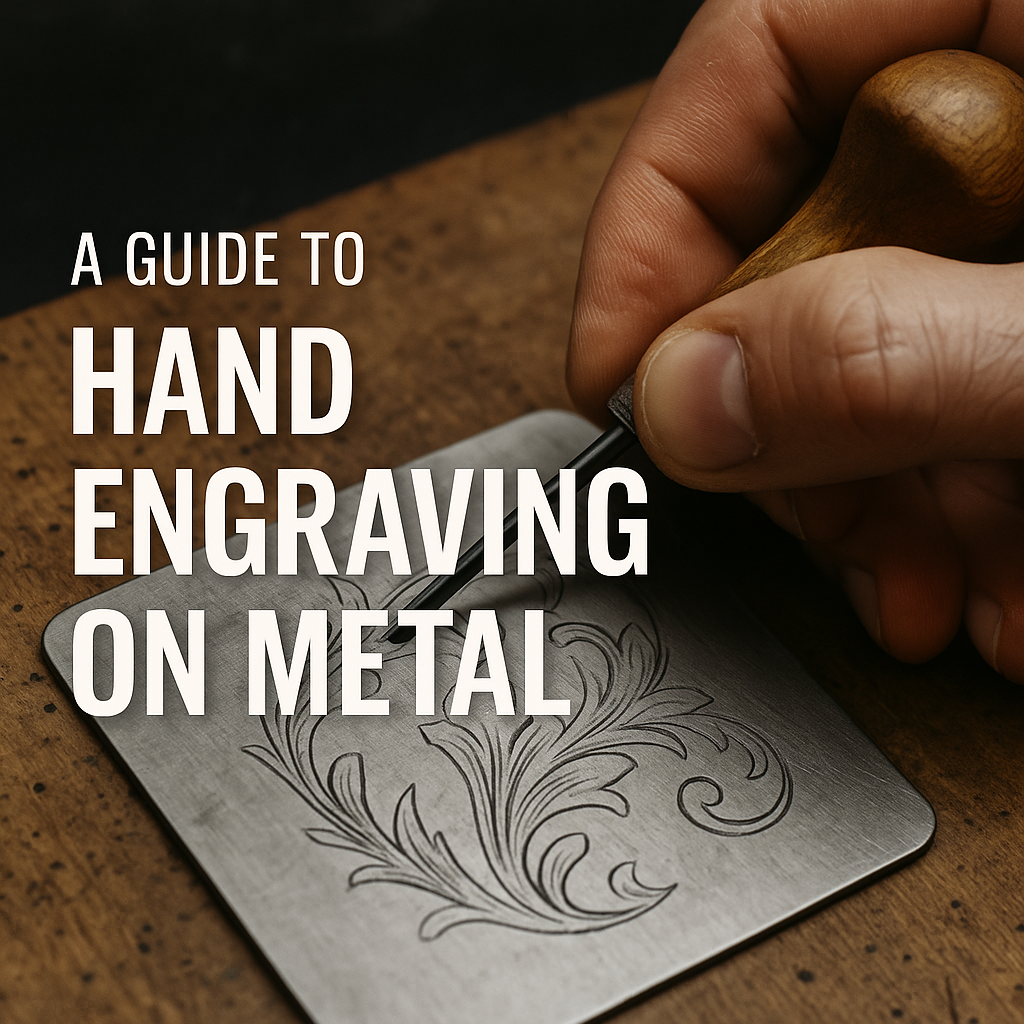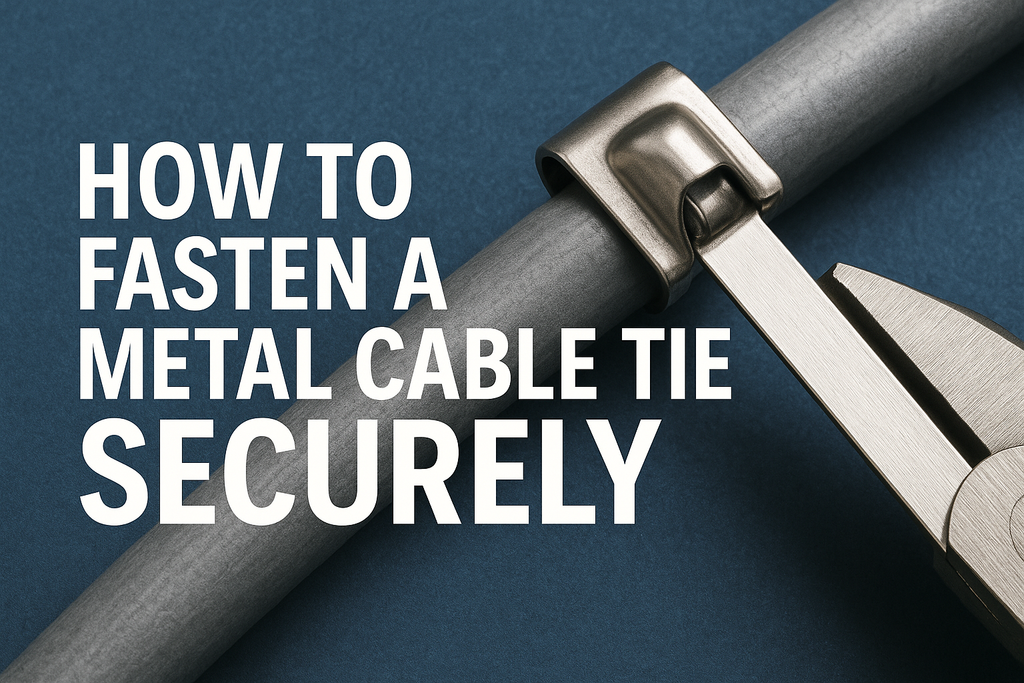Blank Tag Attachment: Welding
- USQuickBlogs
- 06 Jul, 2020
When in the market for blank tags and nameplates, there are many factors to consider. There is material selection, marking process, tag size and thickness, etc.
With so many small but important decisions to make, it can be easy to forget about one of the most important elements: how the tags will be attached.
The golden rule of metal tag buying is knowing your application. This means completely understanding how and where your nameplates will be used. With many attachments methods available, selecting the one best for your use is very important.
One of the most common methods for attaching these metal nameplates is by using welding.
Benefits
If permanent attachment is your goal for your identification, an excellent option is to actually weld your tags to your equipment. A welded bond means that your nameplate will not be going anywhere anytime soon.
Welding also removes the requirement for additional hardware, and eliminates the risk of your hardware failing or your tag falling off.
Adhesives can be prone to weakening after a long duration of time, or if exposed to certain chemicals or elements. Welding is free from these potential issues as well.
Limitations
Depending on your welding expertise or the type of equipment you use, there may be restrictions on which material to use. (For example, 316 stainless steel)
In addition, welding obviously is not right for every application, as certain machinery or tools may be damaged if welded.
For example, if a piece of equipment is used in an area with a high risk of fire due to sparks, welding is obviously not a method which should be performed in this instance.
Applications such as these would be better suited for adhesive backed nameplates, or even hardware based mounting.
The other glaring limitation is that this can be a more time consuming and expensive process for a company. Someone who is trained in welding must use their time to mount identification plates to a machine. While that may be worthwhile for some organizations, it can be a waste of resources for others.
In addition, requiring someone who is highly skilled at a trade to affix your tags means there may be a delay in how soon you can mount them. Whereas an untrained laborer can easily affix an adhesive backed nameplate or secure a few screws or bolts.
Guidelines
Many organizations must adhere to strict safety and engineering guidelines such as the ASME standards. Most identification guidelines under ASME allow for the welding of nameplates and tags directly to equipment, tools, or other assets.
For example, boiler plates are recommended to be welded directly to the pressure vessel. This creates an incredibly solid and durable form of identification.
Wrap-Up
With many attachment methods to choose from, selecting the right one for your application is critical. A metal identification solution is not worth anything if it simply falls off the machine it is attached to.
Ensuring that your tags are affixed properly makes the difference between a successful application and a waste of money.
Welding provides a permanent attachment solution which is compliant with many specs.
